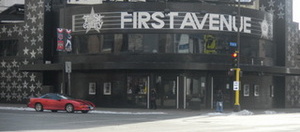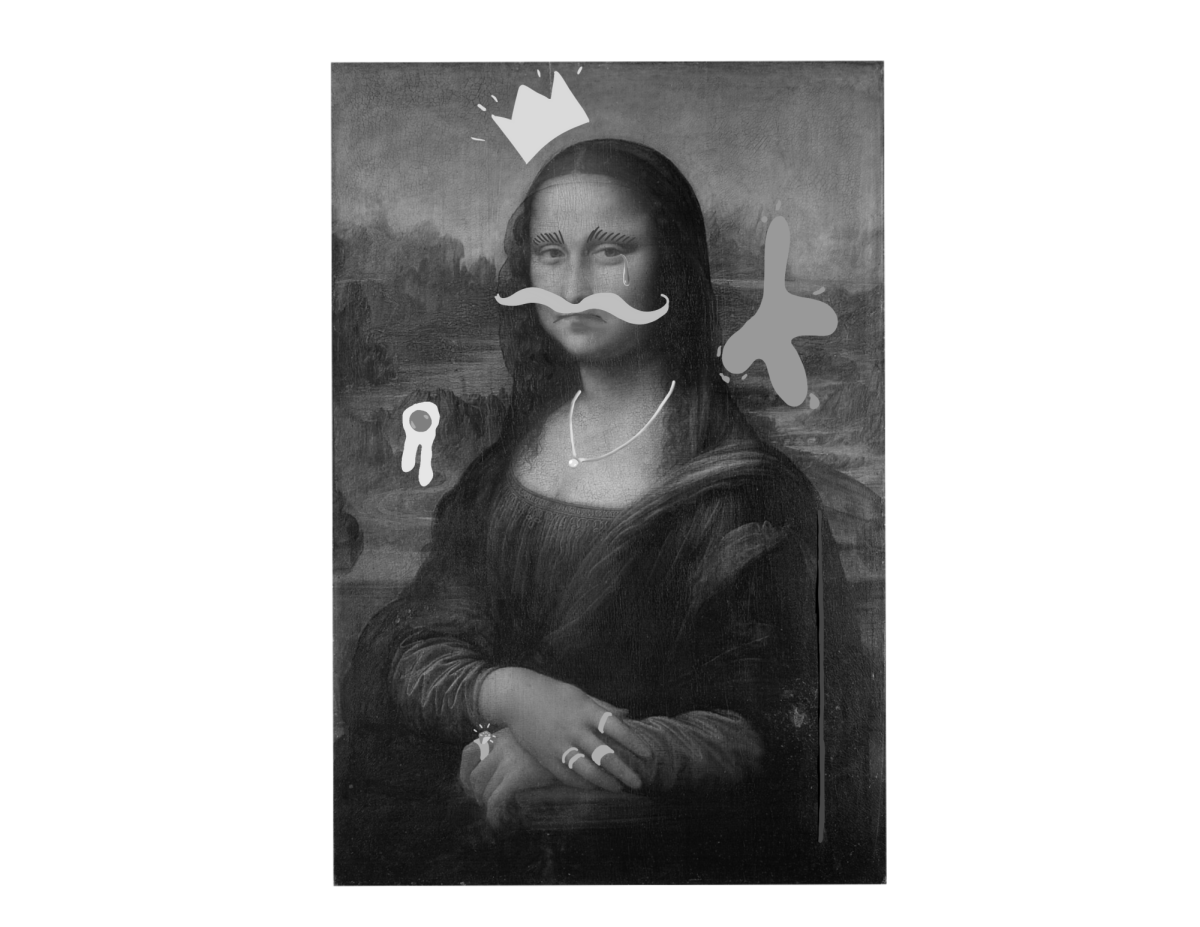In 1968, the popular record store, Electric Fetus, first opened its doors and still stands today, the famous Guthrie Theater introduced the Other Place Theater where smaller productions were held, and a forgotten building became a national monument. An abandoned Greyhound bus station on the corner of Seventh Street and First Avenue North in downtown Minneapolis transformed, with the help of owner Allen Fingerhut, into a rock music bar called The Depot.
The Depot became popular in 1980 after it was renamed First Avenue & 7th Street Entry after its curved building that lay on both locations. Its shape was naturally split into two separate areas, one on 7th Street and one on First Avenue. These two areas were then converted into two different stages. First Avenue reserved for the main stage and 7th Street for smaller performances. Many people became familiar with this format and spread the word, making the building a popular downtown destination. Another difference that came with the name change of the club was its shift from just local performances to more nationally acclaimed groups.
Throughout the eighties, the club thrived with live performances from Run DMC, REM, The Replacements, Curtiss A, The Ramones, U2, and many others. Talent competitions and local radio events were also big happenings that drew in even more people. First Avenue during the eighties cannot be named without mentioning Prince. Not only was he a regular at First Avenue and visited the place often to try out new songs on eager audiences, but he also used it as the film set for his movie Purple Rain, officially making First Avenue a must see landmark in Minnesota because of the widespread fame the movie achieved with references to it still being made to this day. Many people believe that Prince owns First Avenue because of how frequently he visited it. The first thing Yassir Uddin, a long time First Avenue visitor and music enthusiast stated when asked what he knew about First Avenue was, “Did you know Prince owns that?”
The nineties welcomed Beatopia, a dance night run purely on the spinning of a DJ rather than a live performance, and different varieties of music played every night instead of just the R&B or punk rock music patrons had come to expect. Different World beats became popular and even softer, poetic songs were introduced. Beatopia marked the beginning of the DJ culture eruption at the nightclub and created a more contemporary scene for anyone twenty-one and over. Many came to First Avenue to witness the DJ’s and this became as much of a treat as watching The Pixies or State of Mind.
Today, a bar and restaurant named The Depot Tavern has stood inside First Avenue since June 2010 and the club has had almost every detail renovated. Everything has been changed from the ladies’ room to the air conditioning and most importantly, the stars on the outside of the building. A new paint job covered all the old stars and painted five hundred thirty one new ones with all the names of the artists who have performed there. Some stars are left blank for future performers at First Avenue. No matter the time, the atmosphere of First Avenue has remained the same. “It’s the same every time you go,” Yassir Uddin states, “The second you’re in, you feel enveloped by the music and high energy. You just want to dance.” There is a different live show almost every night and their dance events are still very popular making First Avenue a national, long established monument in America that will not soon disappear.































